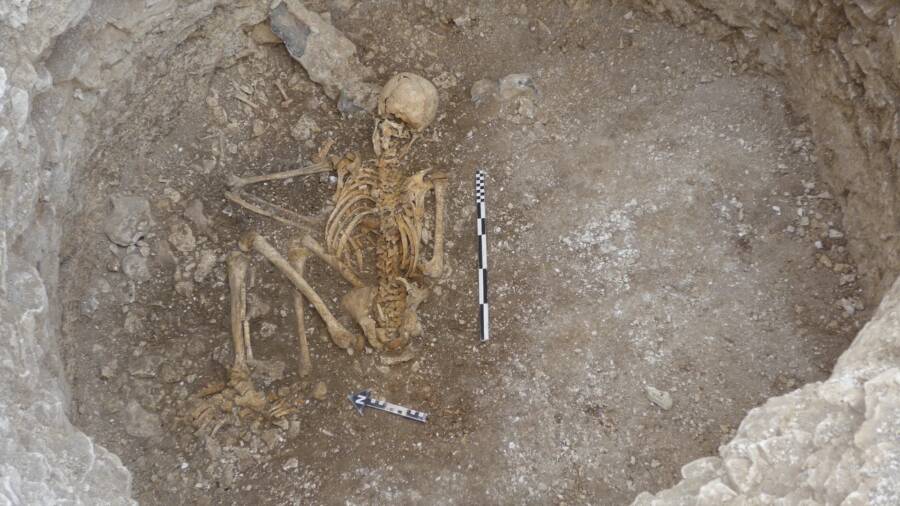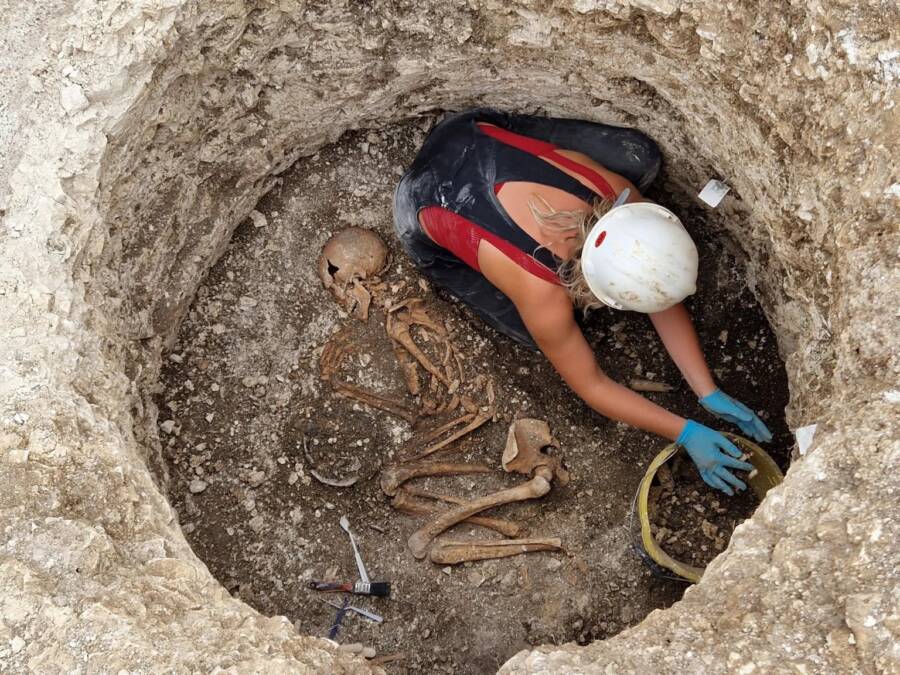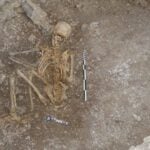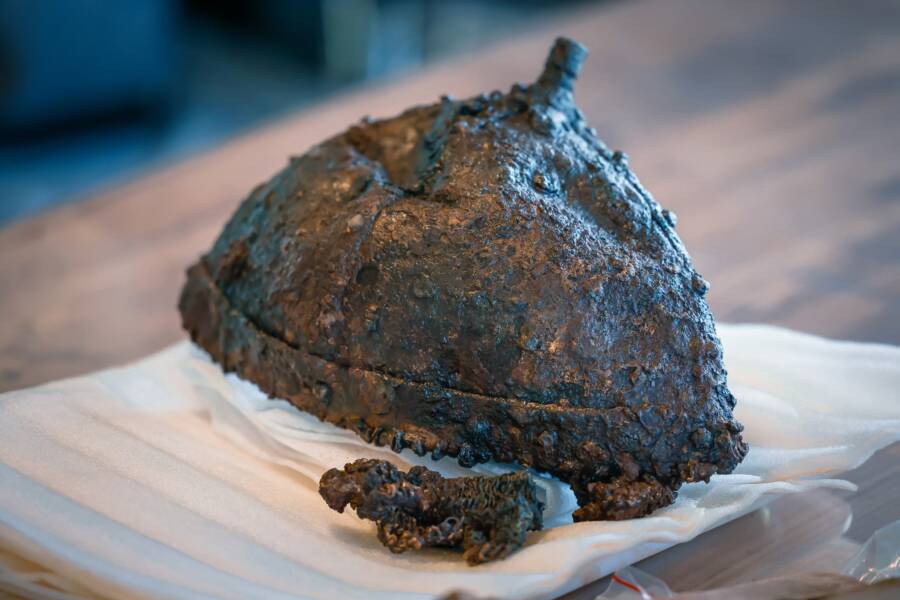Mystery of Iron Age Teen Sacrifice Unearthed in England: What Secrets Does the Celtic Tribe’s Ritual Hold?
Imagine stumbling upon a teenage girl, all tied up, executed, and dumped face down in a pit—no fancy grave goods, no respectful ceremony—just silence beneath 2,000 years of dirt in Dorset, England. It’s like a grim episode of ancient true crime wrapped in Celtic mystique. Now, here’s the twist: this chilling find clashes with what we thought we knew about Celtic society—that women ruled the roost, with men moving in to join their community. So, what’s the story behind these so-called “disposable” young women sacrificed seemingly at the bottom of a matrilocal pecking order? Buckle up, because unearthing this mystery not only challenges Roman stereotypes but also flips the script on the ancient world’s social order. Ready to dive into a past where power, sacrifice, and family ties get seriously tangled?
Researchers suspect that this victim was a girl who was between the ages of 15 and 17 when she was tied up, executed, and tossed face down into a pit sometime in the first century B.C.E.

Bournemouth UniversityThe ancient Celtic teenager, believed to be a victim of human sacrifice, that was discovered in Dorset, England.
While excavating an ancient Celtic site in Dorset, England, a team of archaeologists recently came upon a 2,000-year-old skeleton that had been buried in an unusual position: face down in a pit, hands likely having been tied, and without any grave goods.
Although the gender of this person has yet to be confirmed, researchers believe the deceased was likely female, based on previous similar discoveries in the area. The strange positioning of the body recalls the nearby ancient burials of a teenage girl discovered in 2024 and another young adult female burial found in 2010.
All three, believed to sacrifice victims, were found as part of an ongoing archaeological project focused on learning more about the Celtic Durotriges tribe.
These burials reveal fascinating new insights into the history of pre-Roman England. A study published in Nature in January 2025 examined evidence found within burials from the Celtic Durotriges tribe that indicated they were a matrilocal community — that is to say, one in which a married man moved to live with his wife’s community.
But these three seemingly sacrificial burials suggest that not all Celtic women were held in high regard.
The Matrilineal Structure Of Celtic Tribes In Pre-Roman England
When the Romans first arrived in Britain 2,000 years ago, many were shocked to find that the Celtic tribes who were living there often structured themselves around women and their families, as opposed to the more patriarchal model of Rome. The evidence of this relative importance of Celtic women can be seen even today, thanks to what they left behind in their graves.
As the study’s authors noted, many Celtic women’s graves featured “substantial grave goods,” pointing to their high status in society. But such evidence alone isn’t necessarily enough to confirm that this was a matrilocal society.
So, to investigate further, the researchers analyzed 57 ancient genomes from Durotriges burial sites and found an “extended kin group centered around a single maternal lineage.”
In southern England in particular, researchers noted a strong matrilocality thanks to the presence of a single, rare mitochondrial DNA (mtDNA) haplogroup among more than two-thirds of related individuals.
Since mtDNA is passed from mother to child, this served as an indicator of a long-term community structured around the female line. In contrast, the Y chromosome (male line) diversity was high, suggesting males moved into females’ home communities, likely as spouses.

Bournemouth UniversityThe nearby burial site of an ancient Celtic woman in which many valuable grave goods were uncovered.
These findings corroborate Roman accounts of their encounters with the Celts as well. One Roman historian wrote, for example, that among the Celts the tasks of men and women “have been exchanged, in a manner opposite to what obtains among us.”
They Romans were shocked at how the Celts organized society. But until now, many modern historians dismissed their accounts as exaggerated or even propaganda.
“[The Romans] wrote about it because they found it so weird,” Trinity College Dublin geneticist Lara Cassiday told Science.
“Women are staying close to family and are embedded in the support network they’ve known since childhood. It’s the husband who’s coming in as a stranger and is dependent on the wife’s family.”
Bournemouth University archaeologist Miles Russell pointed to the grave goods as further proof of this: “If you judge social status by burial goods, then female burials have vastly more than male.”
But the Celtic emphasis on women as the backbone of social organization only makes these three unusual burials of young females all the more baffling. So, why were these girls and young women buried in such a bizarre and macabre fashion?
Celtic Female Sacrifice Victims Were Likely “Disposable” Young Women
Even in a society that emphasized the important place of women, not all women received equal treatment. A social hierarchy still existed, and some women were unfortunately at the bottom of it — particularly those who were not from the area or were unrelated to the ruling families.



















Post Comment